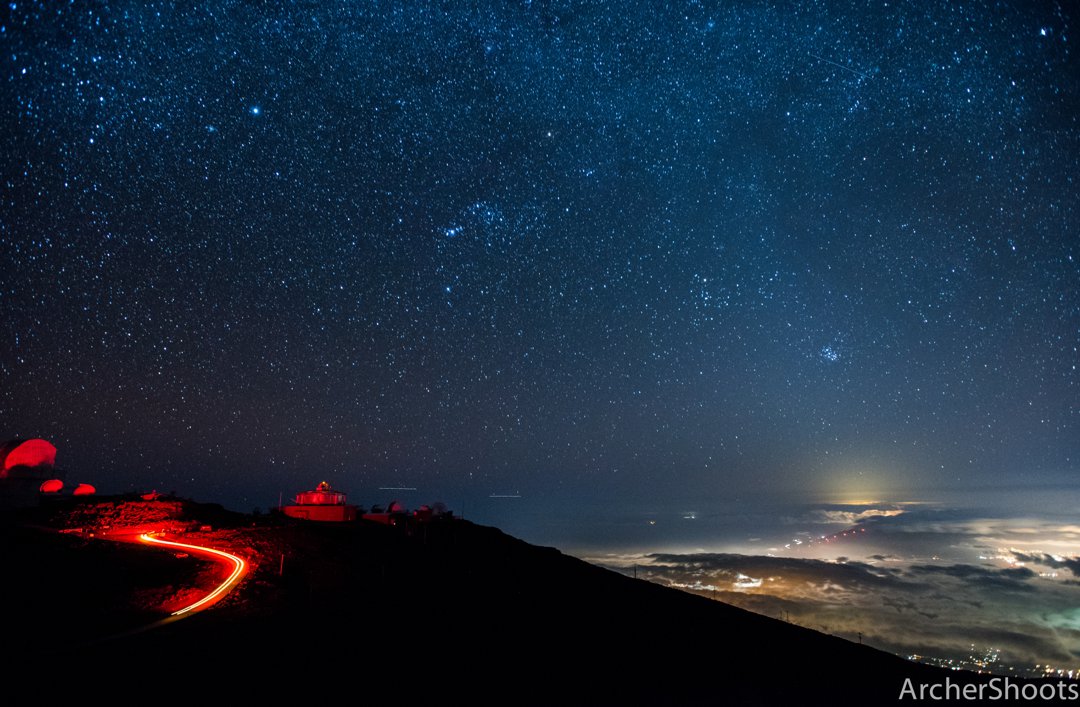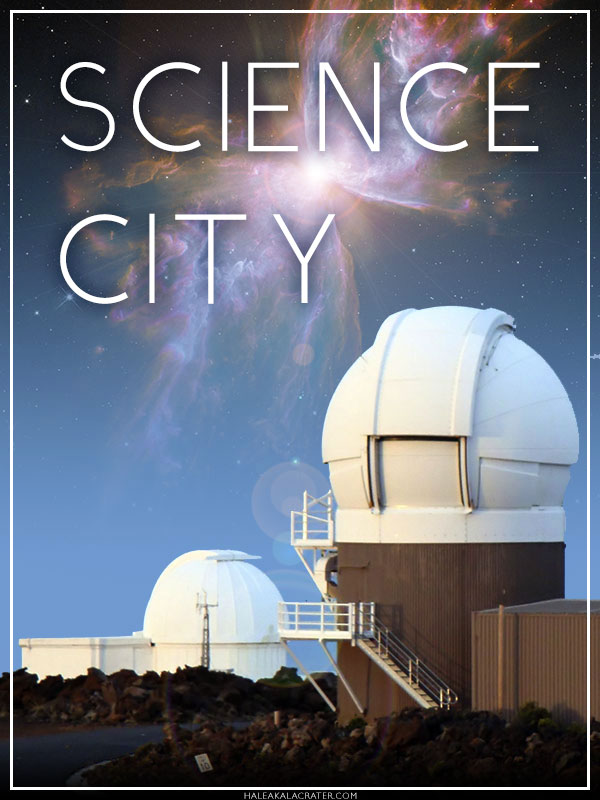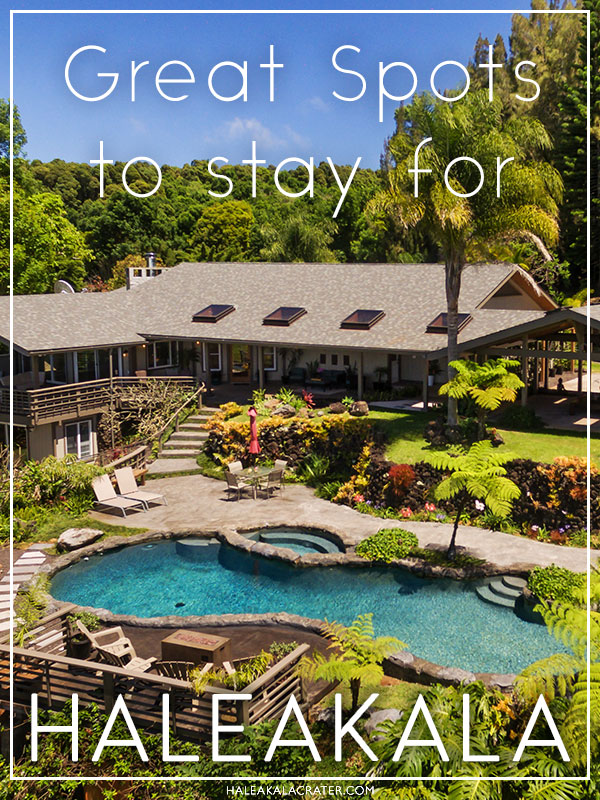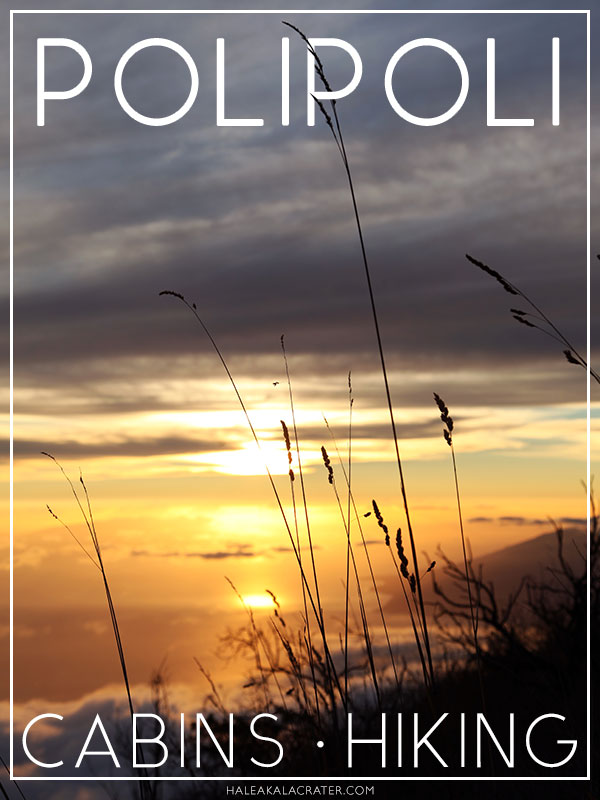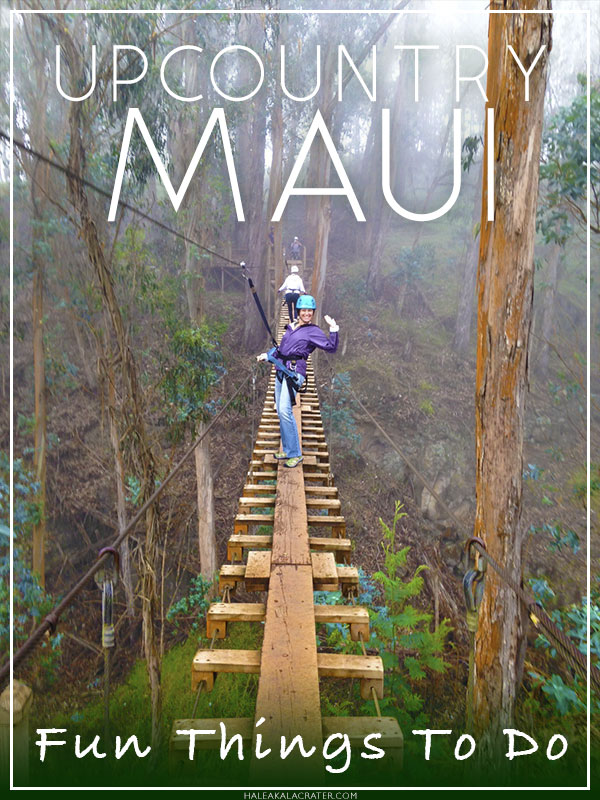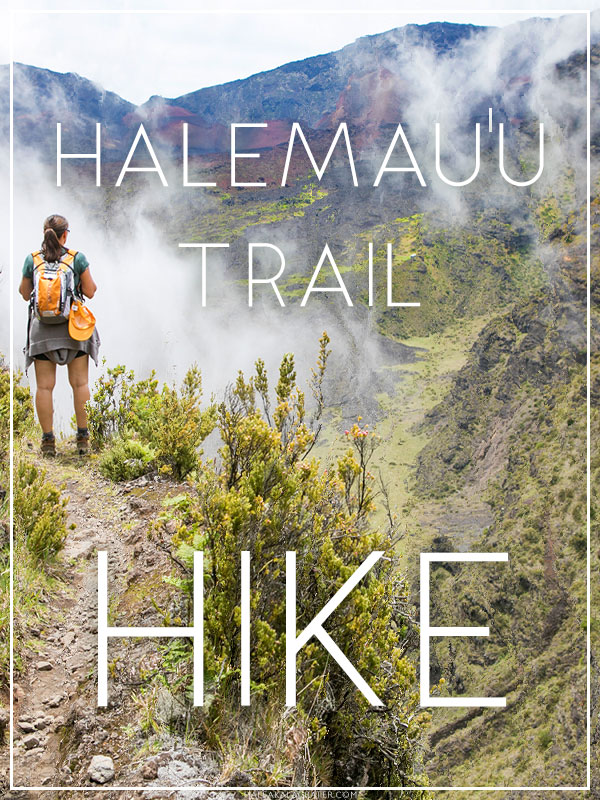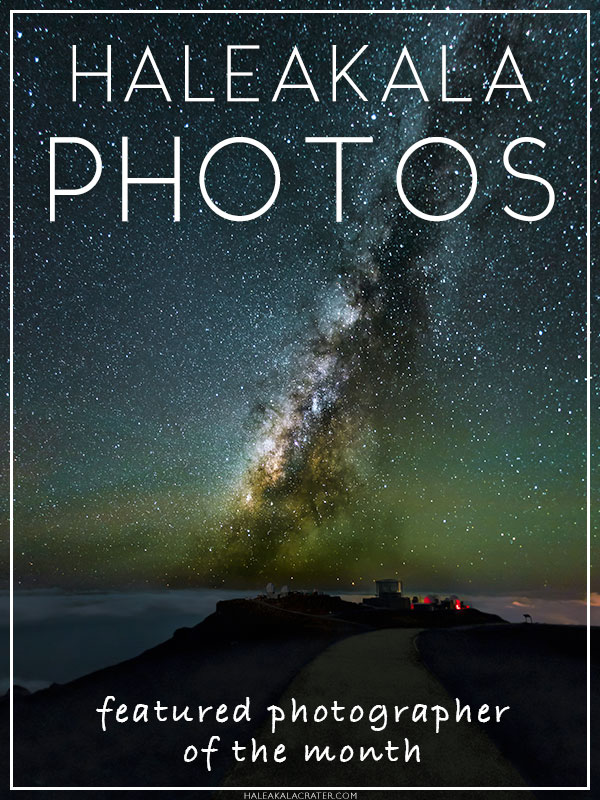Capturing Haleakala
Meaning ‘House of the Sun’ in Hawaiian, Maui’s Haleakala Volcano is approximately 1.1 million years old and one of the largest dormant volcanoes in the world. With a summit sitting 10,000 feet above sea level, it is a world class destination for both stargazing and sunrise, drawing in more than a million visitors per year.
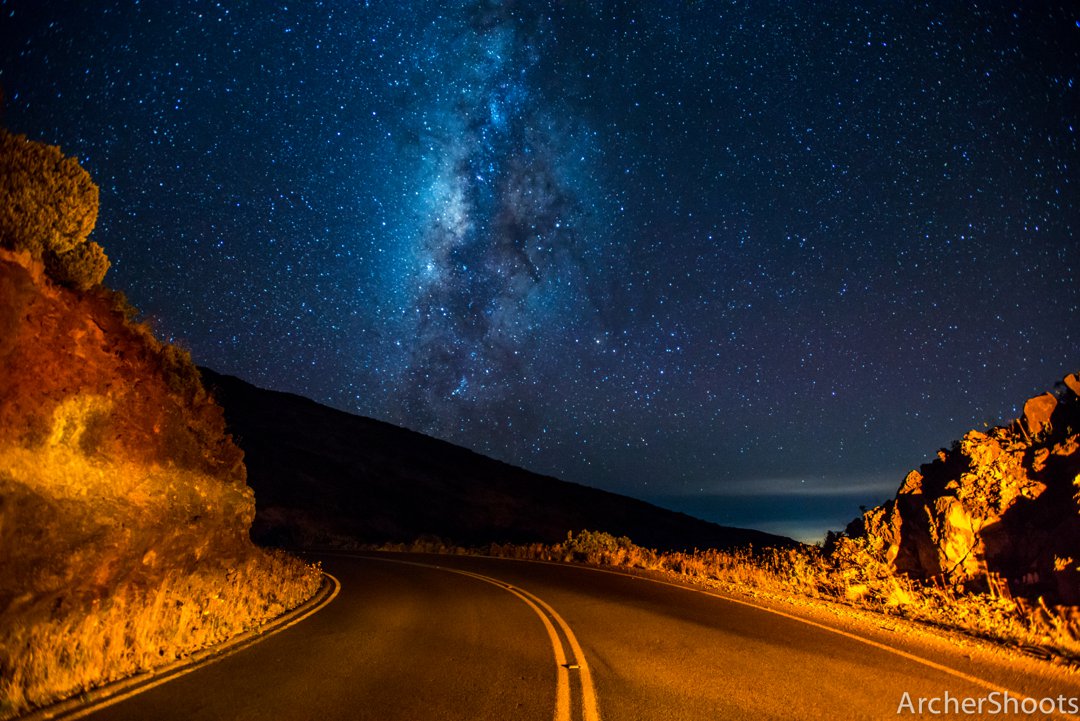
Local landscape and time lapse photographer Chris Archer knows the beauty of Haleakala inside and out, capturing its raw beauty time and time again in a series of stunning images.
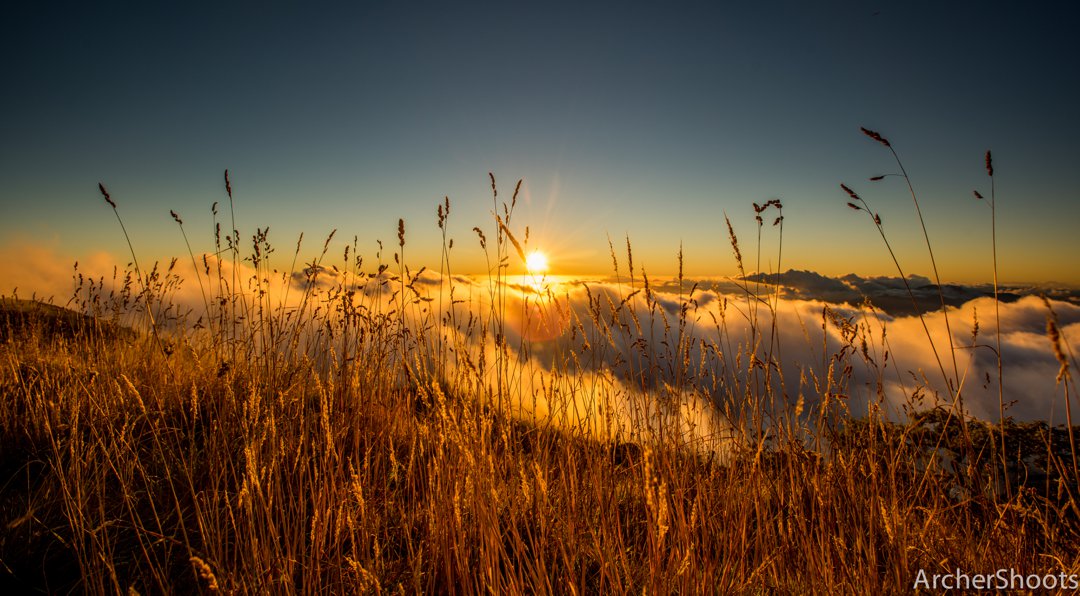
Did you know you can camp in the clouds of Haleakala Volcano?
While the majority of visitors opt for a quick drive up and down the volcano, those seeking a more rugged experience can take advantage of two primitive campsites in the area – Holua and Paliku – both located more than 6,000 feet in elevation, reached by a 3.7 mile or 9.3 mile hike, respectively, through the otherworldly landscapes of Haleakala.
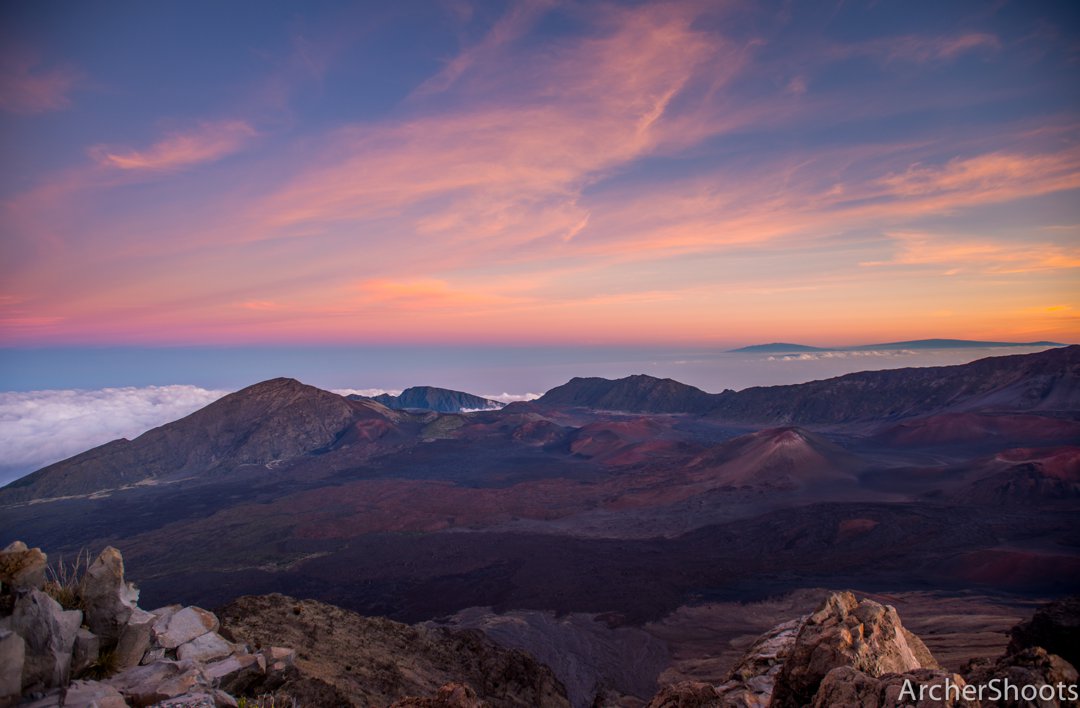
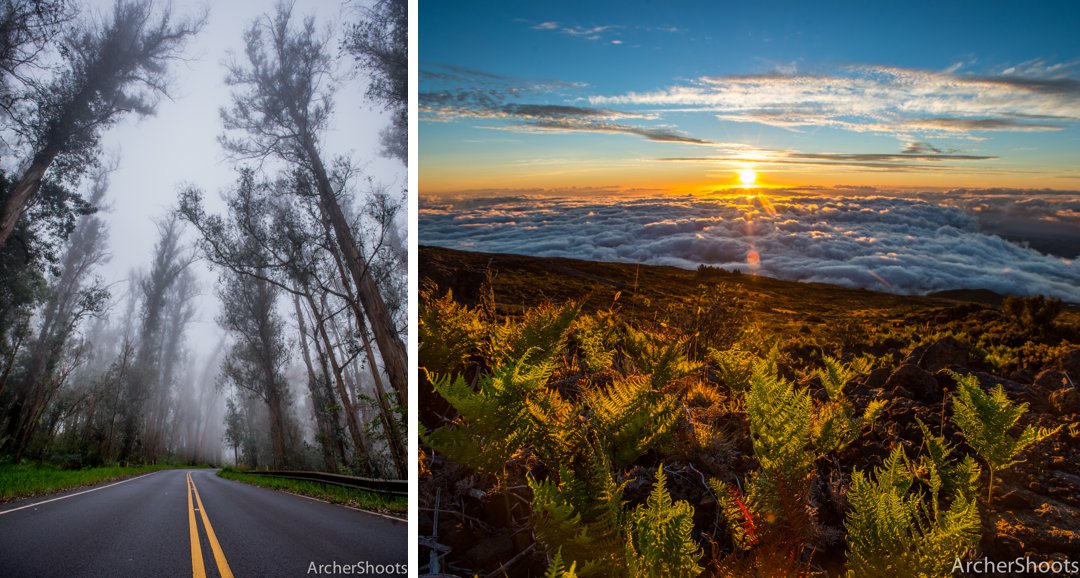
The last eruption of Haleakala Volcano was in 1790.
Visitors can see the effects of Maui’s last lava flow on the shoreline surrounding La Perouse Bay, where volcanic lava rock remains a predominant part of the landscape. Though Haleakala is still classified as an active volcano, regular satellite testing began in 1996 and continues to be closely monitored for any current for future activity.
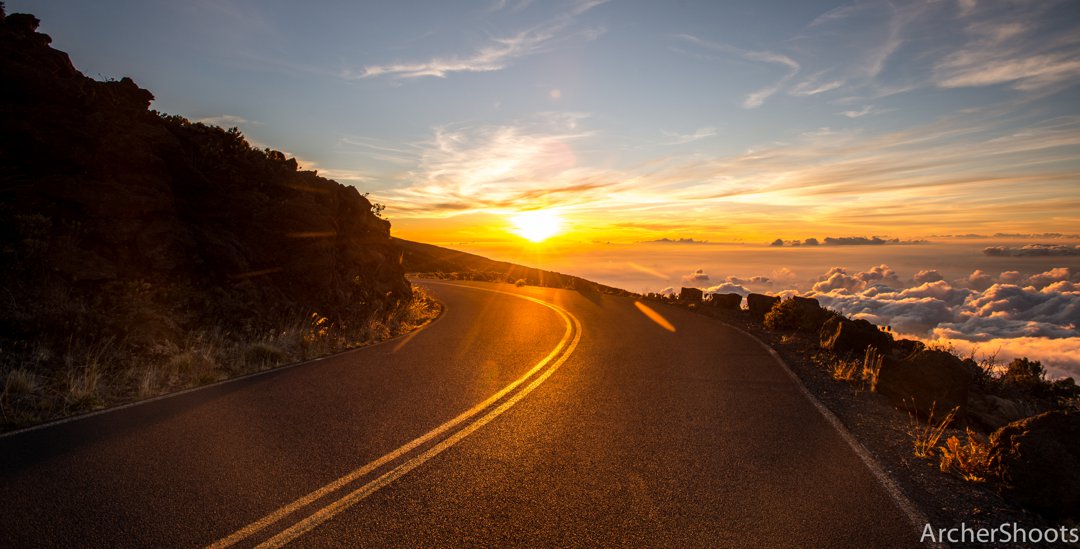
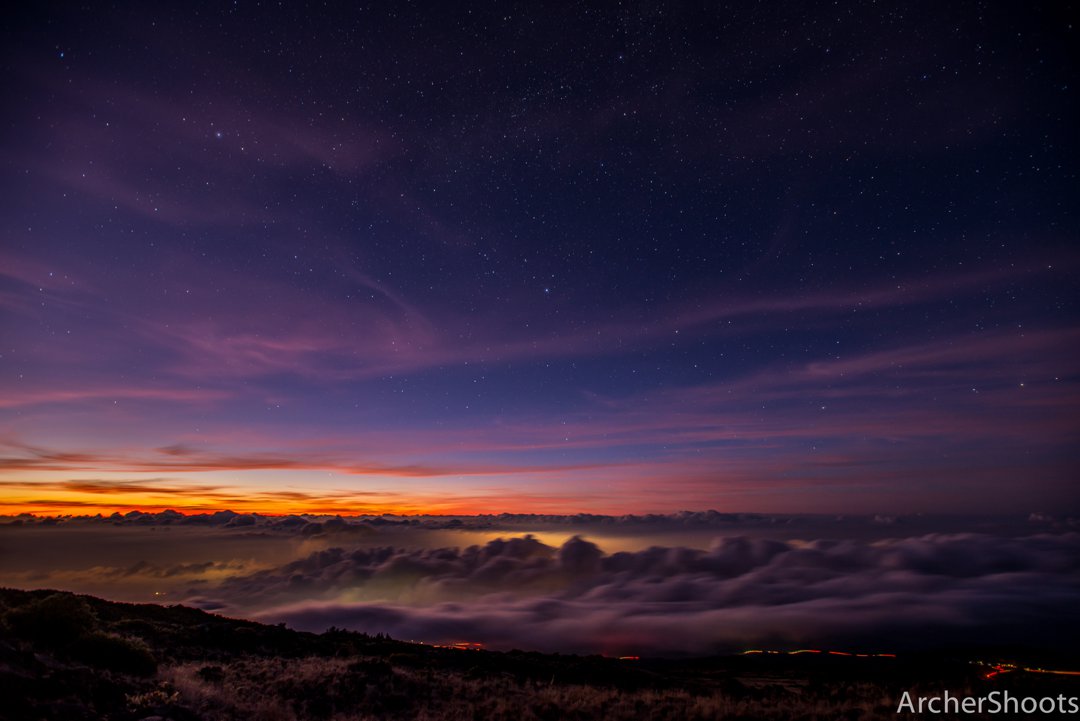
80% of Haleakala National Park is designated as wilderness.
Covering approximately 75% of Maui and more than 30,000 acres from the shores of the Pacific to the summit, Haleakala National Park is also designated as being home to more endangered species than any other national park in the country. On your next visit, keep an eye out for the Hawaiian nene goose, stunning silversword plant and Hawaiian petrel seabird, among others.
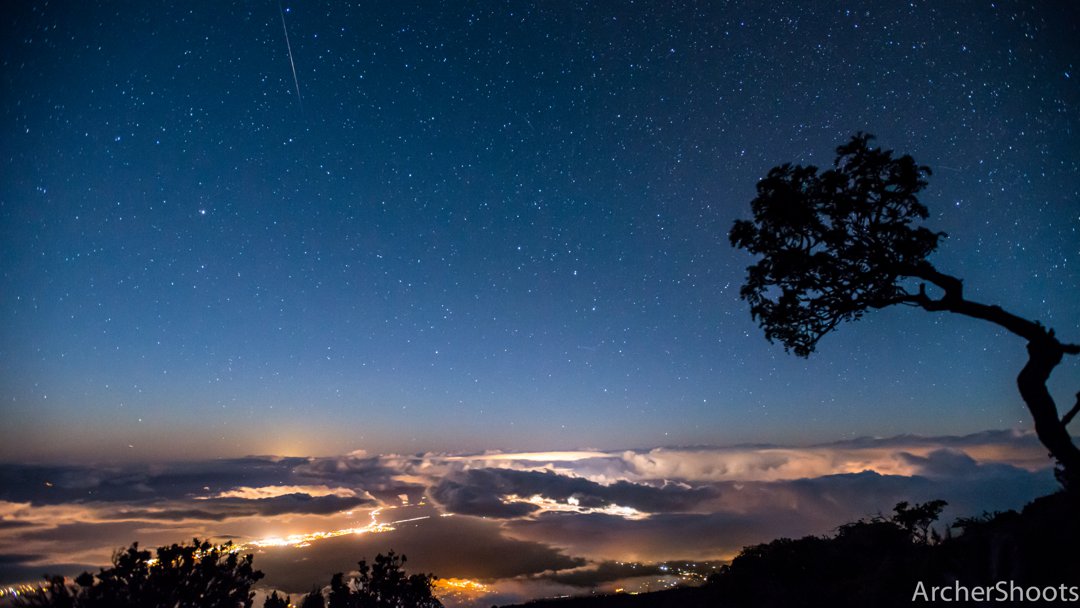
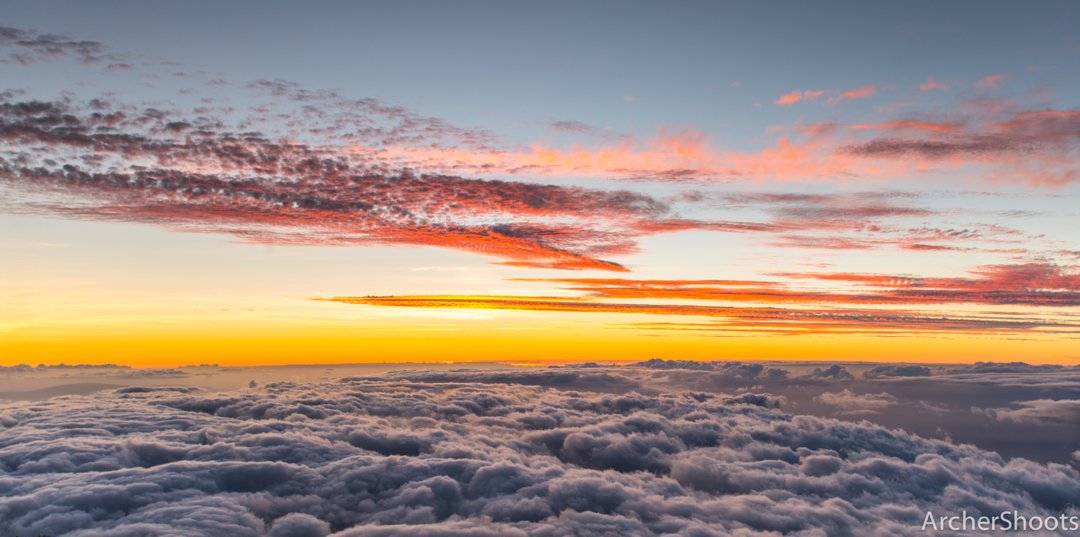
Haleakala is one of the world’s top stargazing locations.
Located above 1/3 of the Earth’s atmosphere and with limited light and air pollution, Haleakala Observatory was the first astronomical research observatory in the Aloha State.
